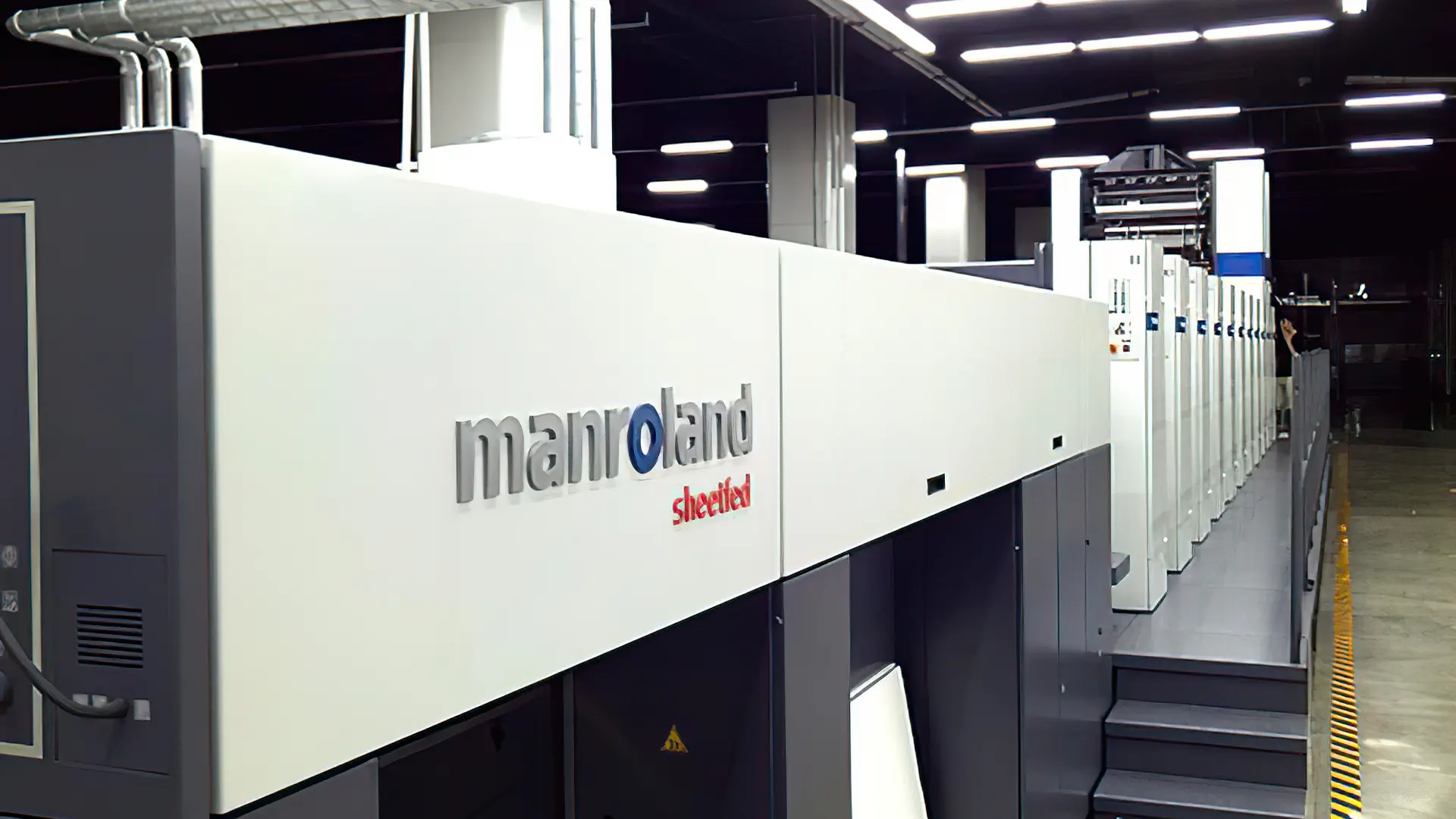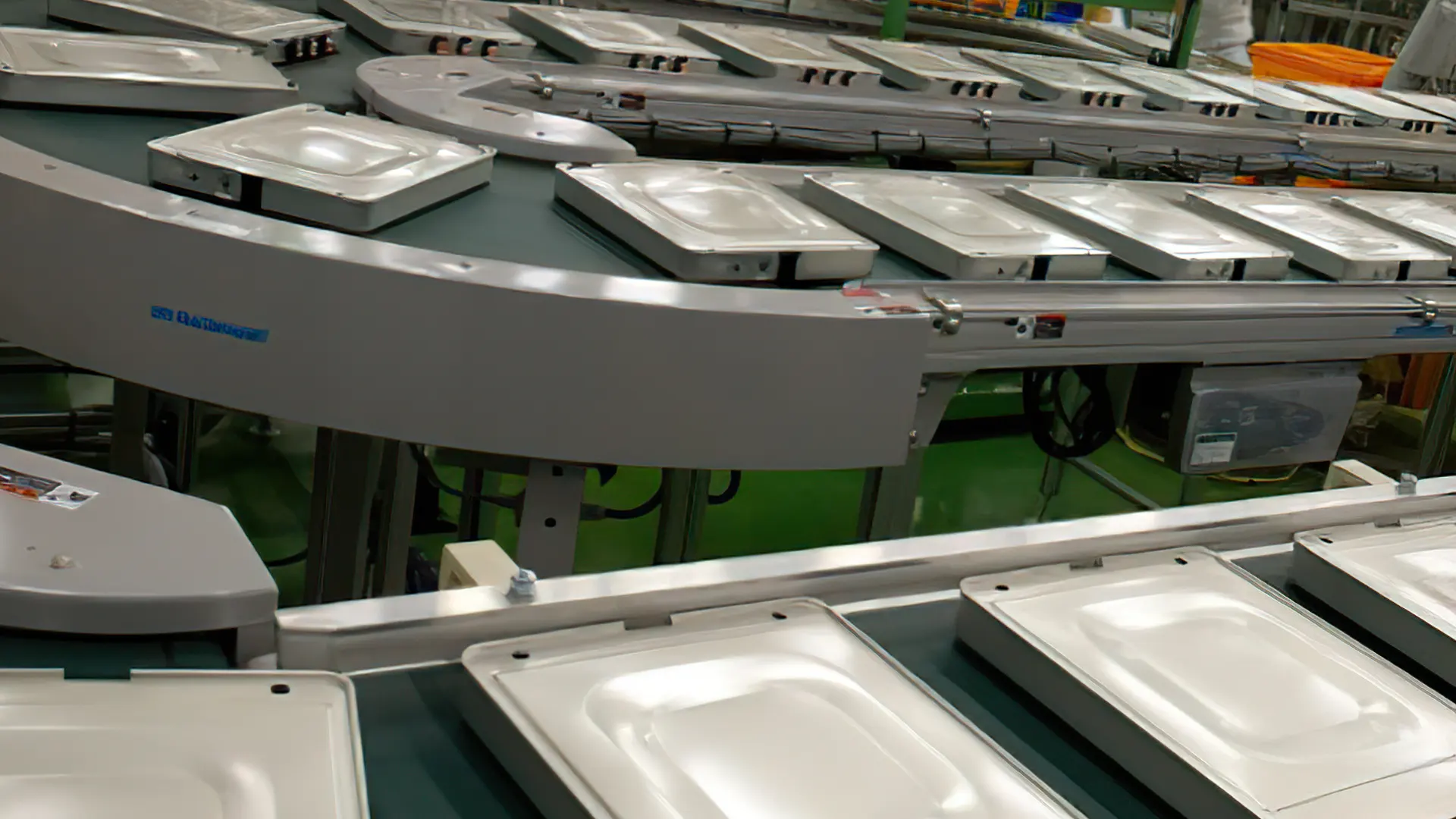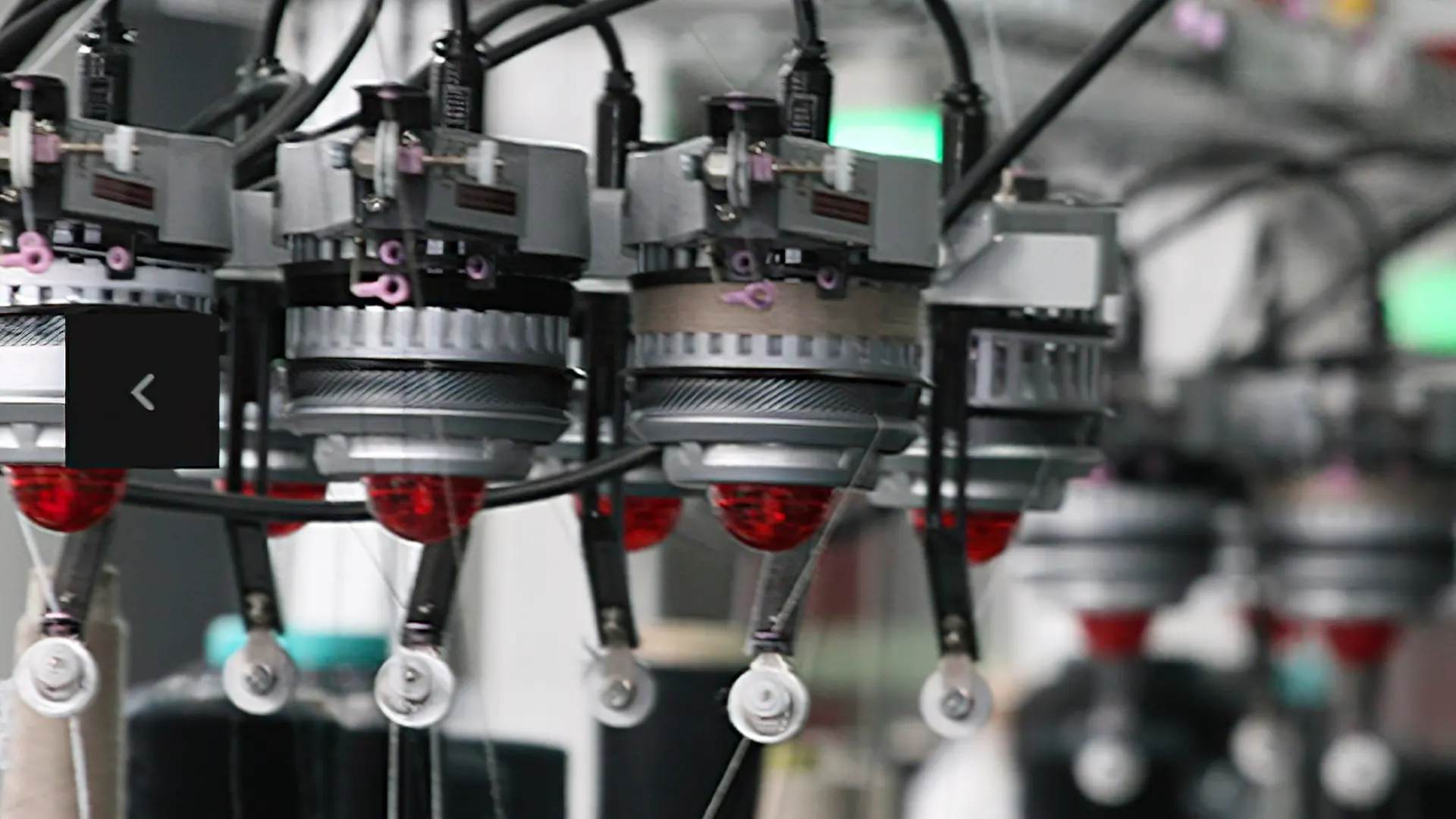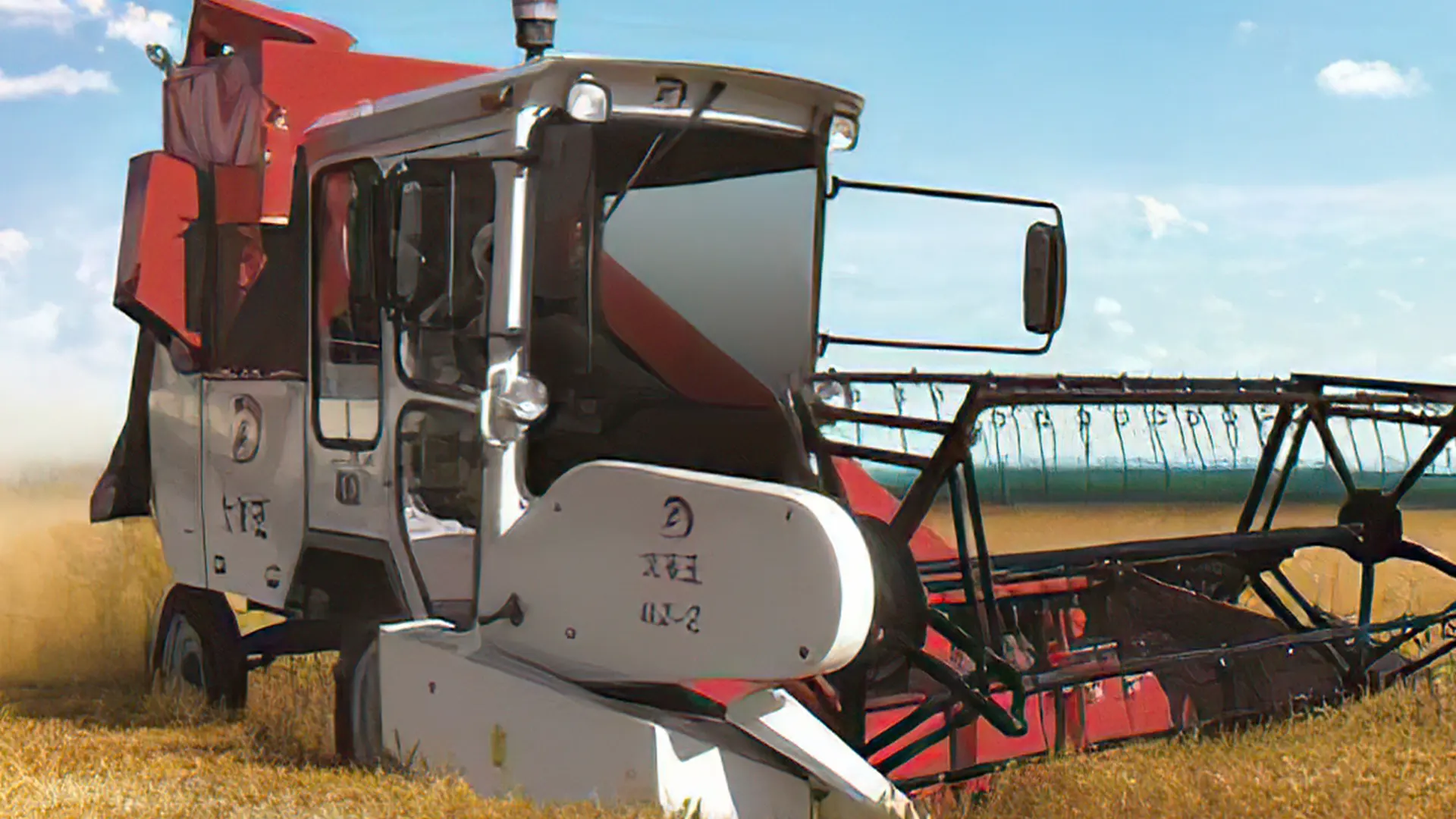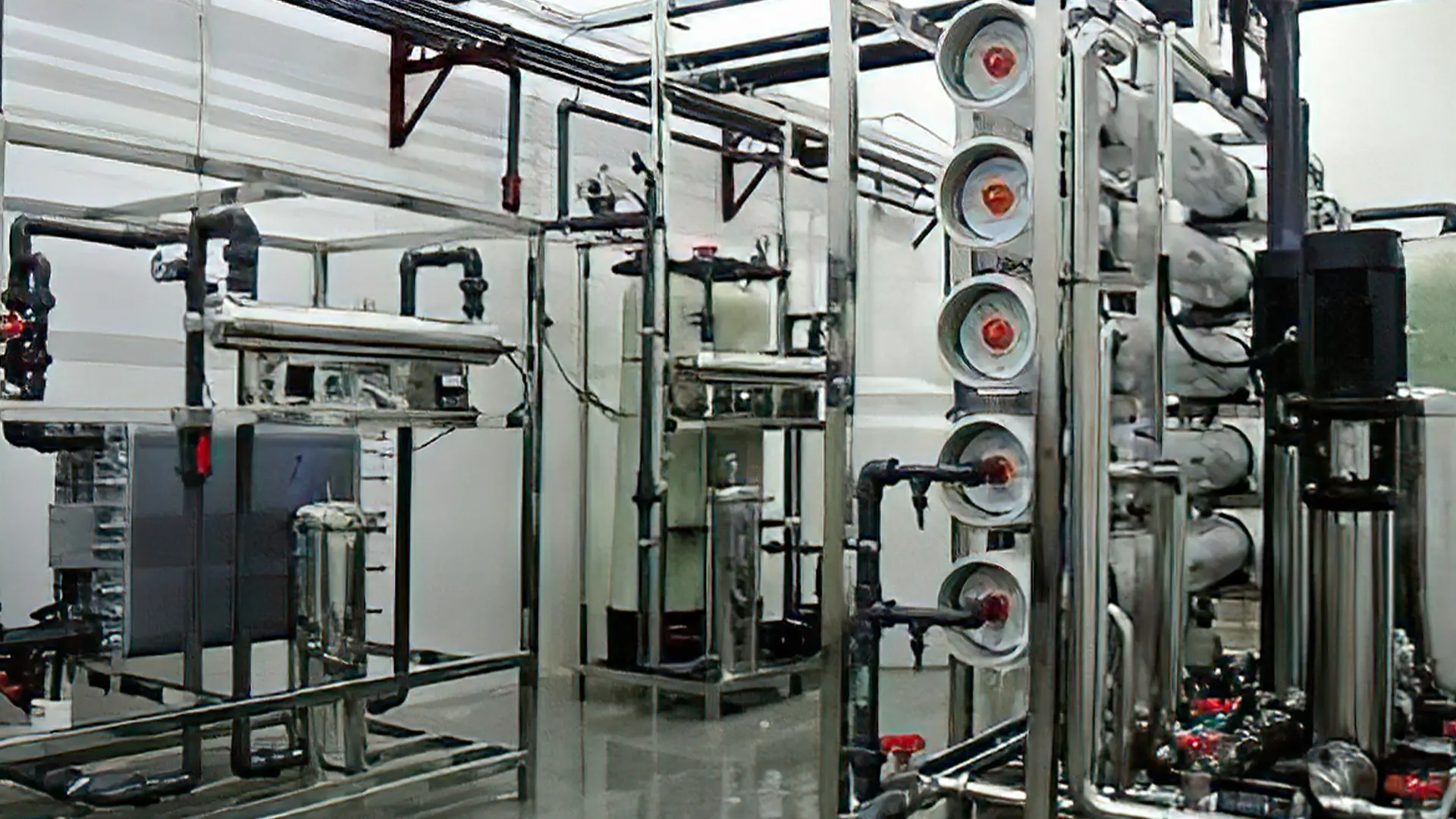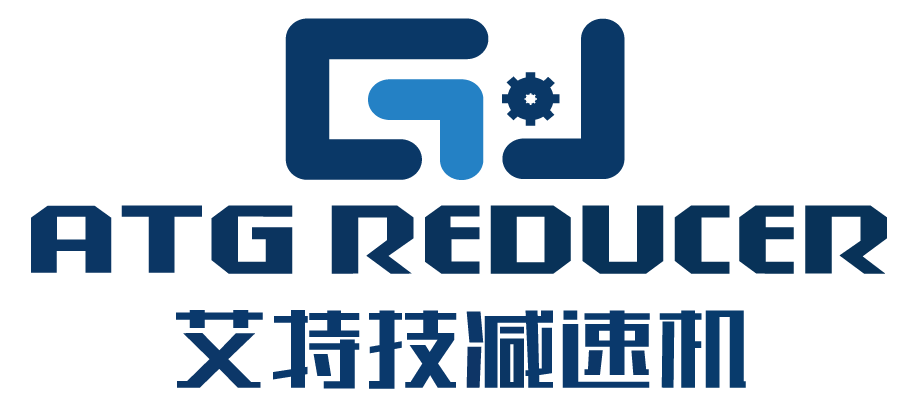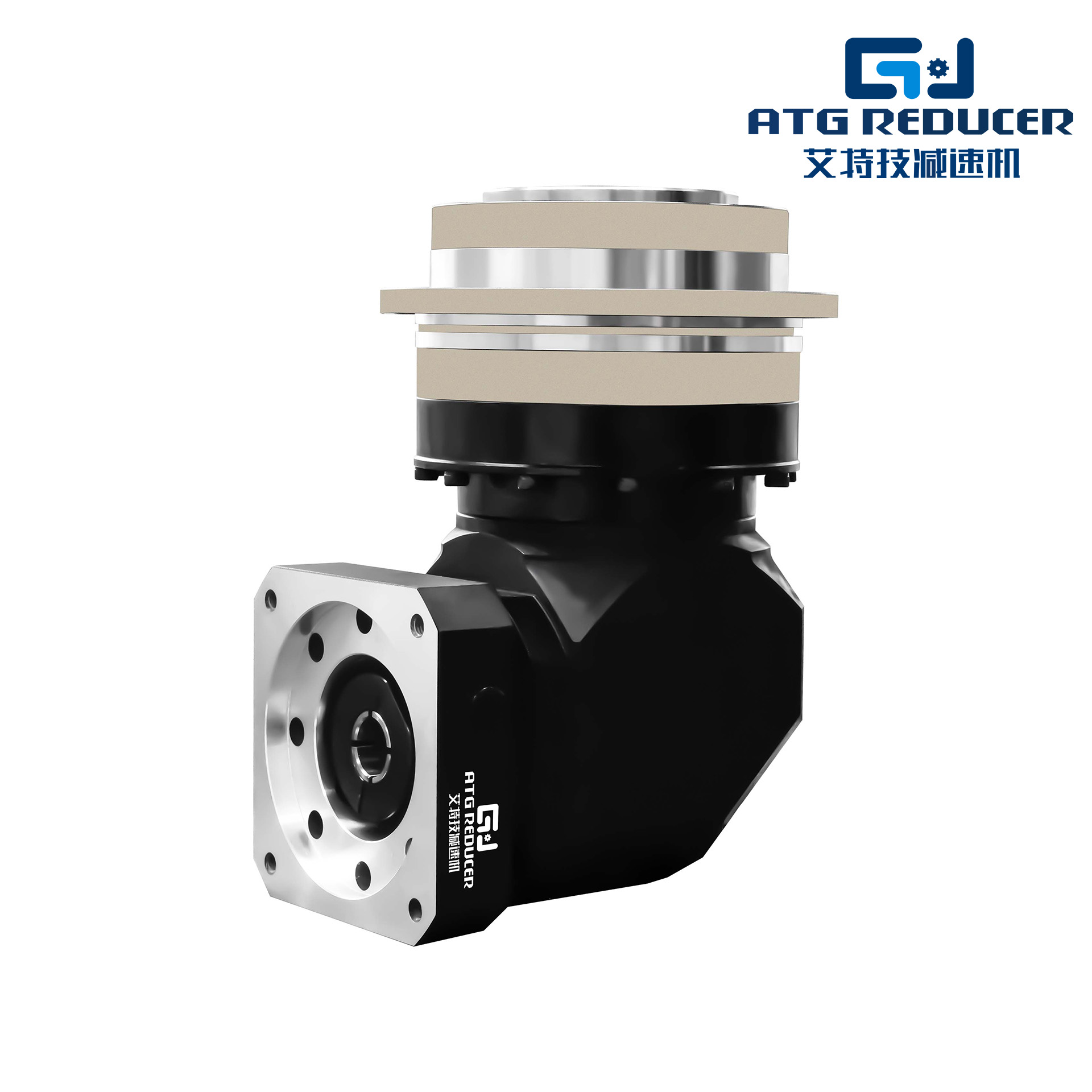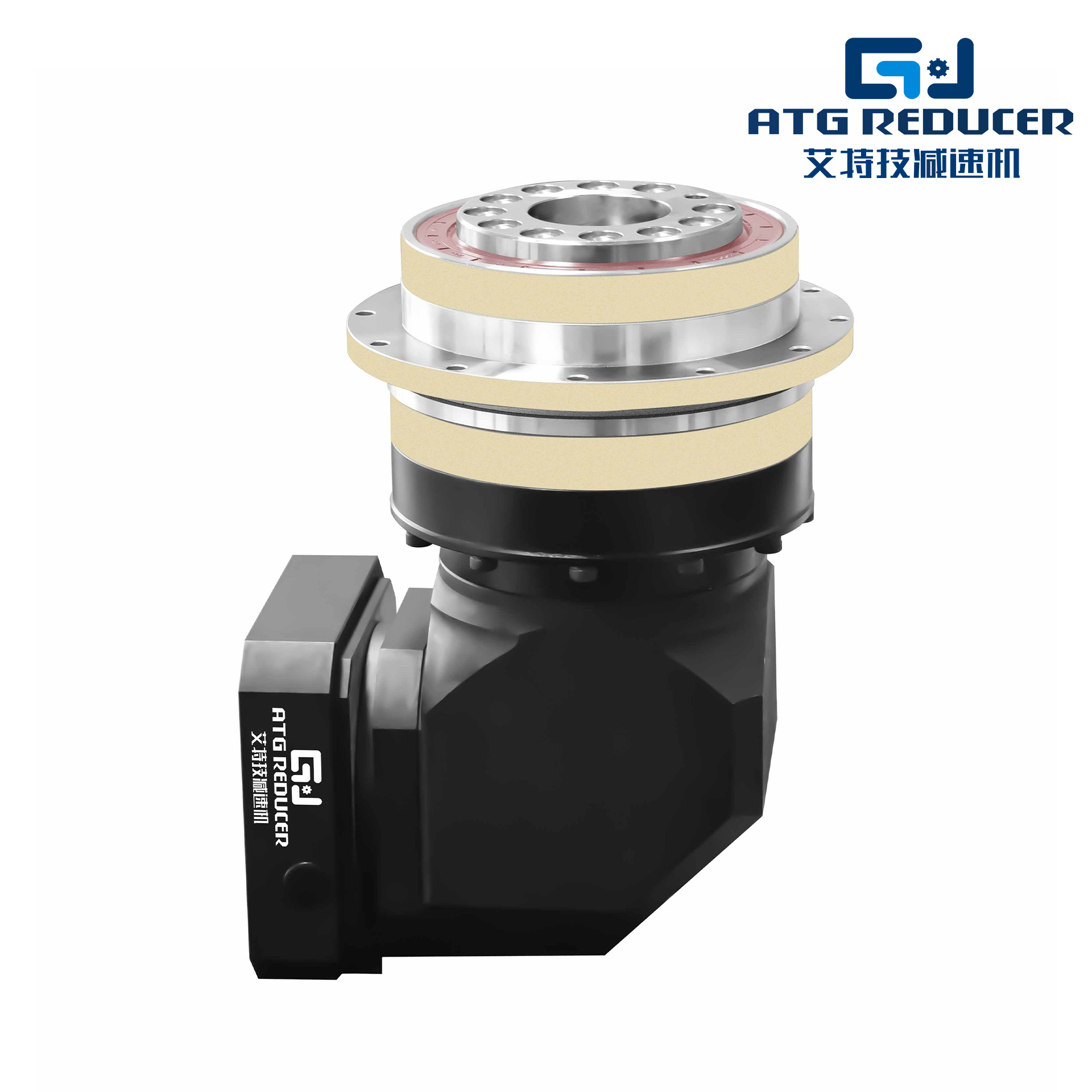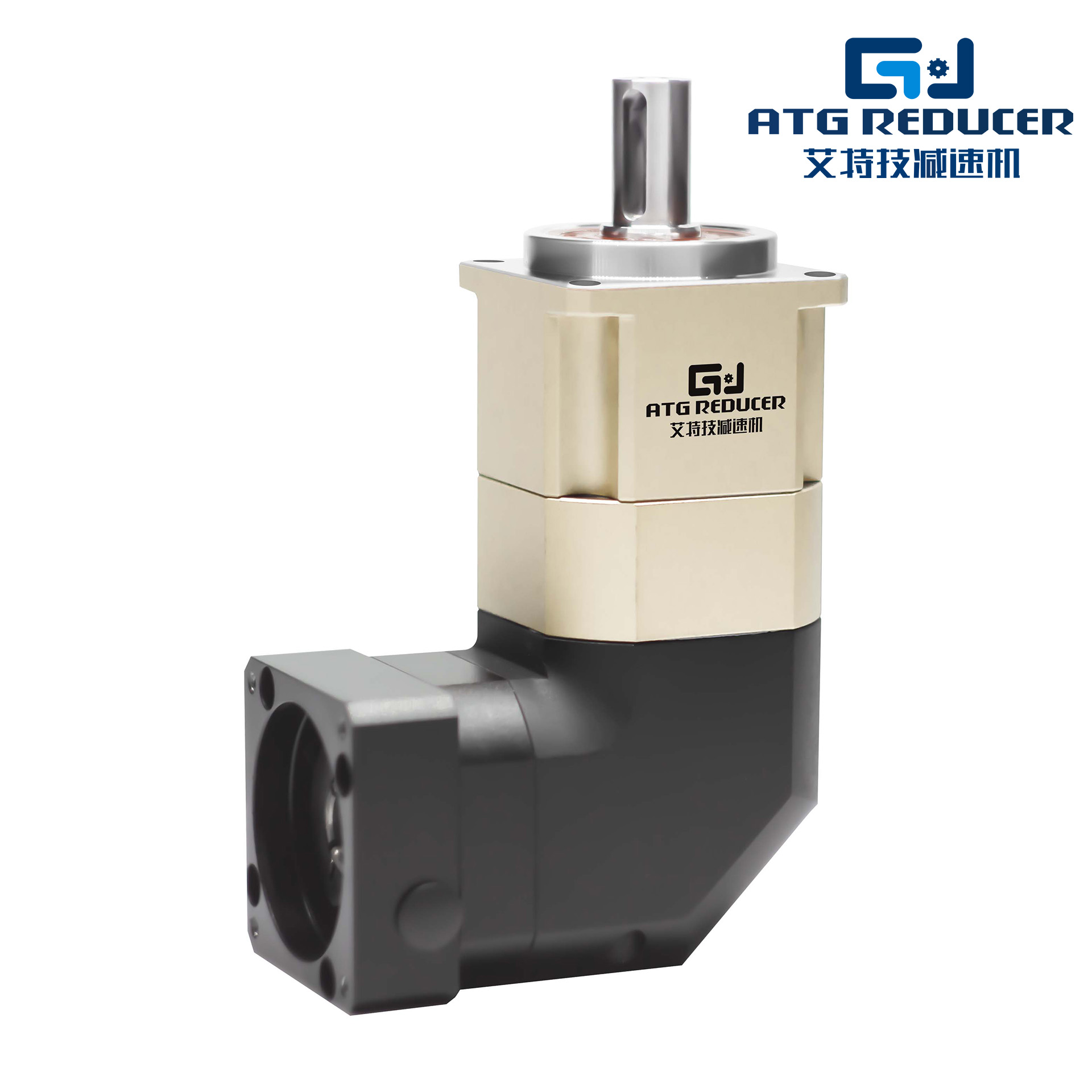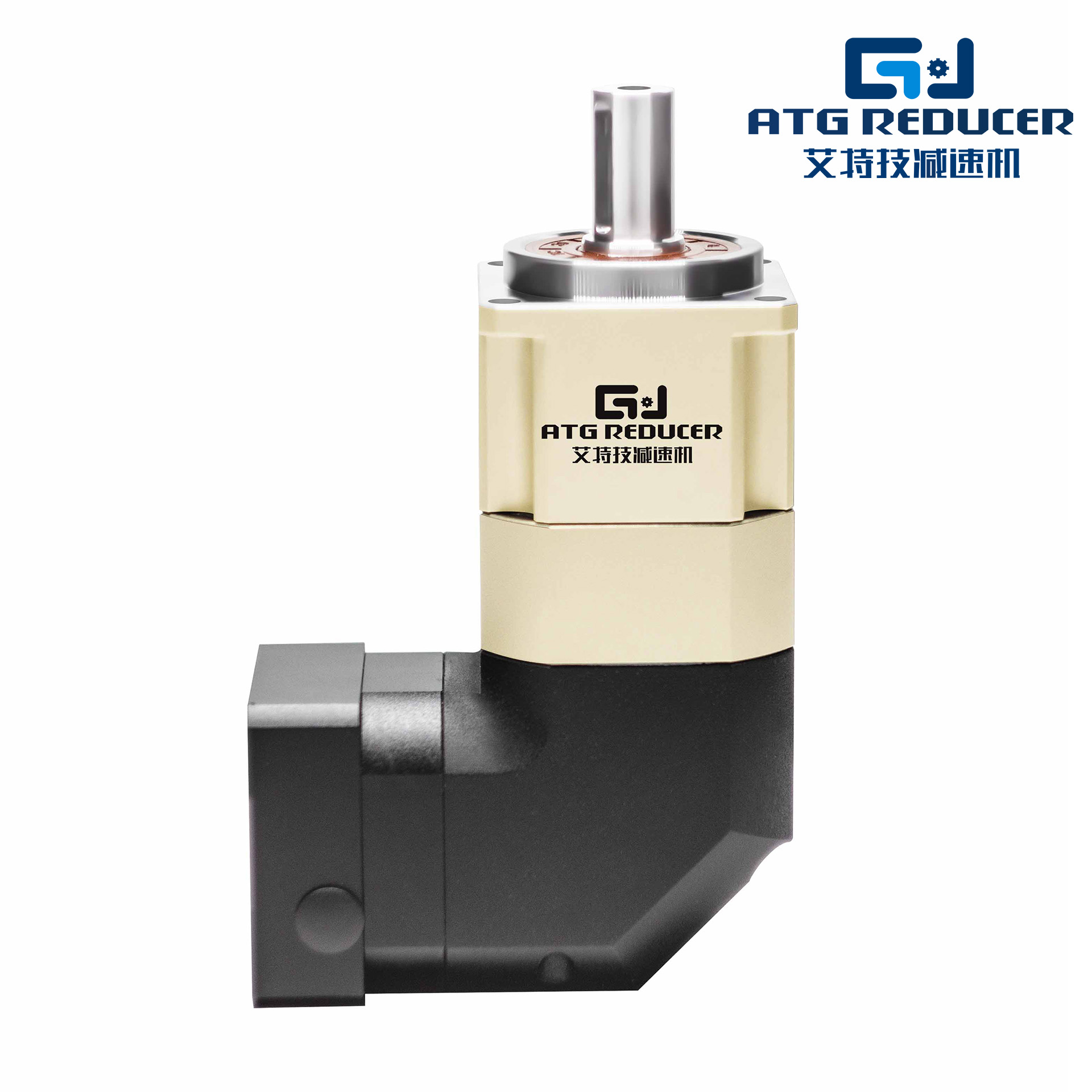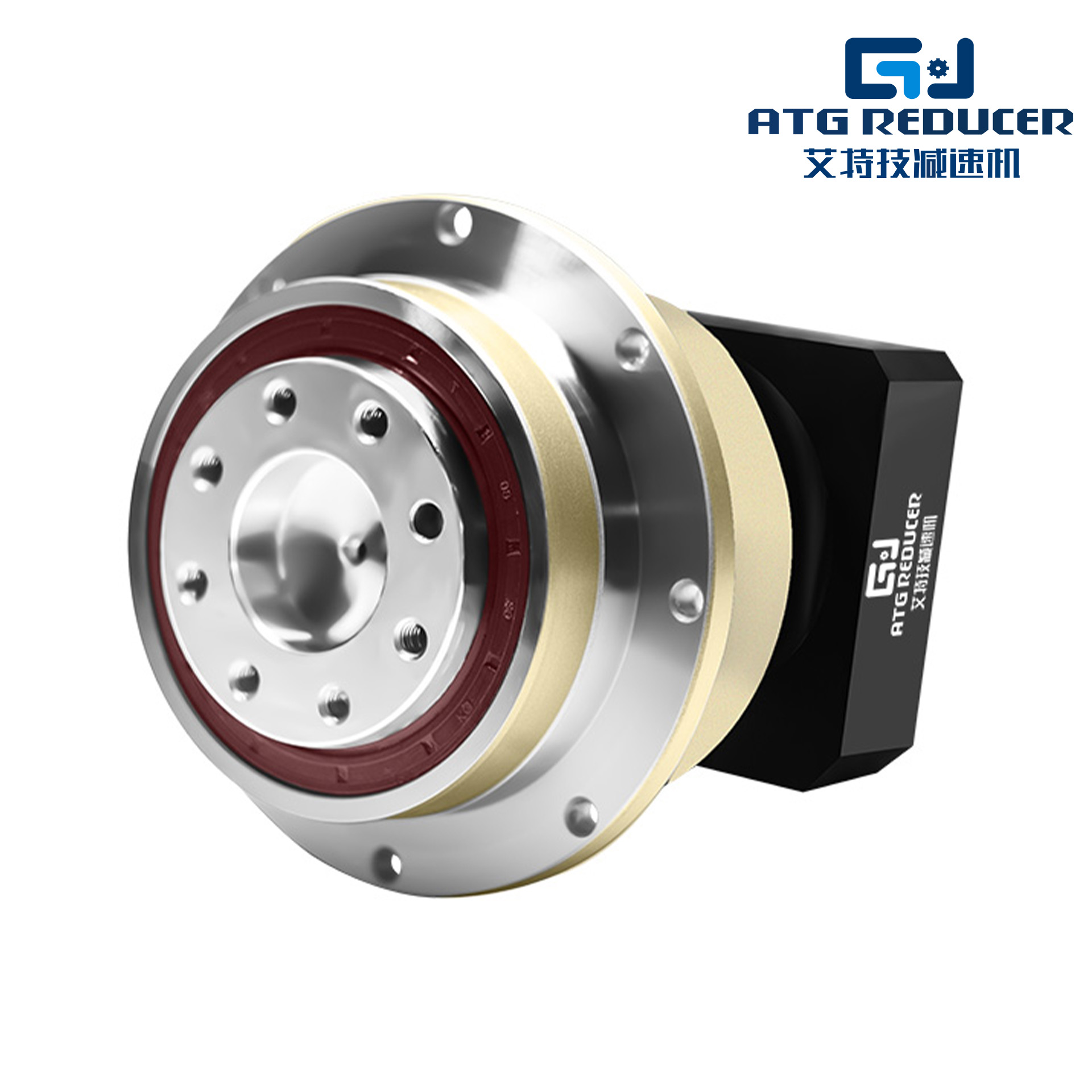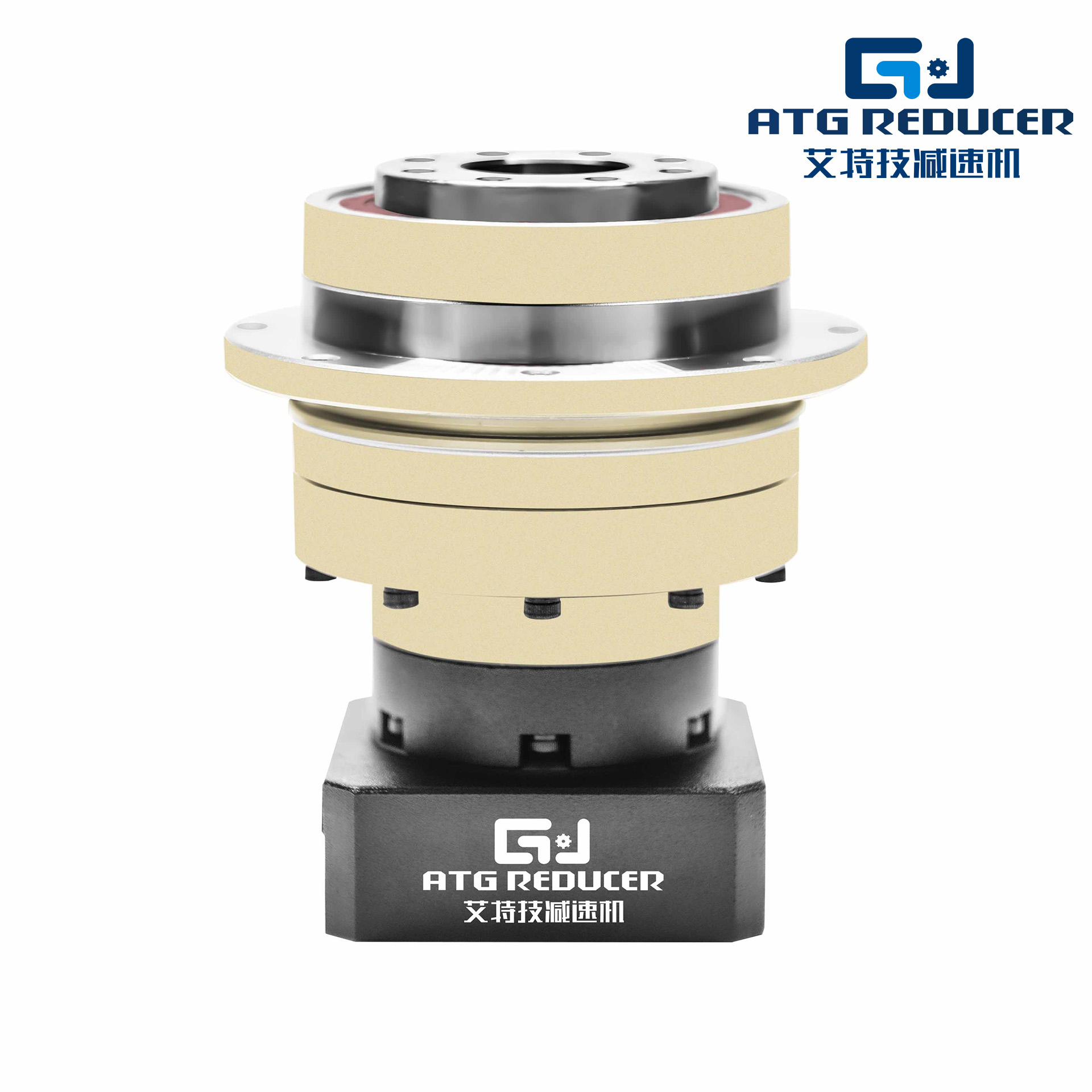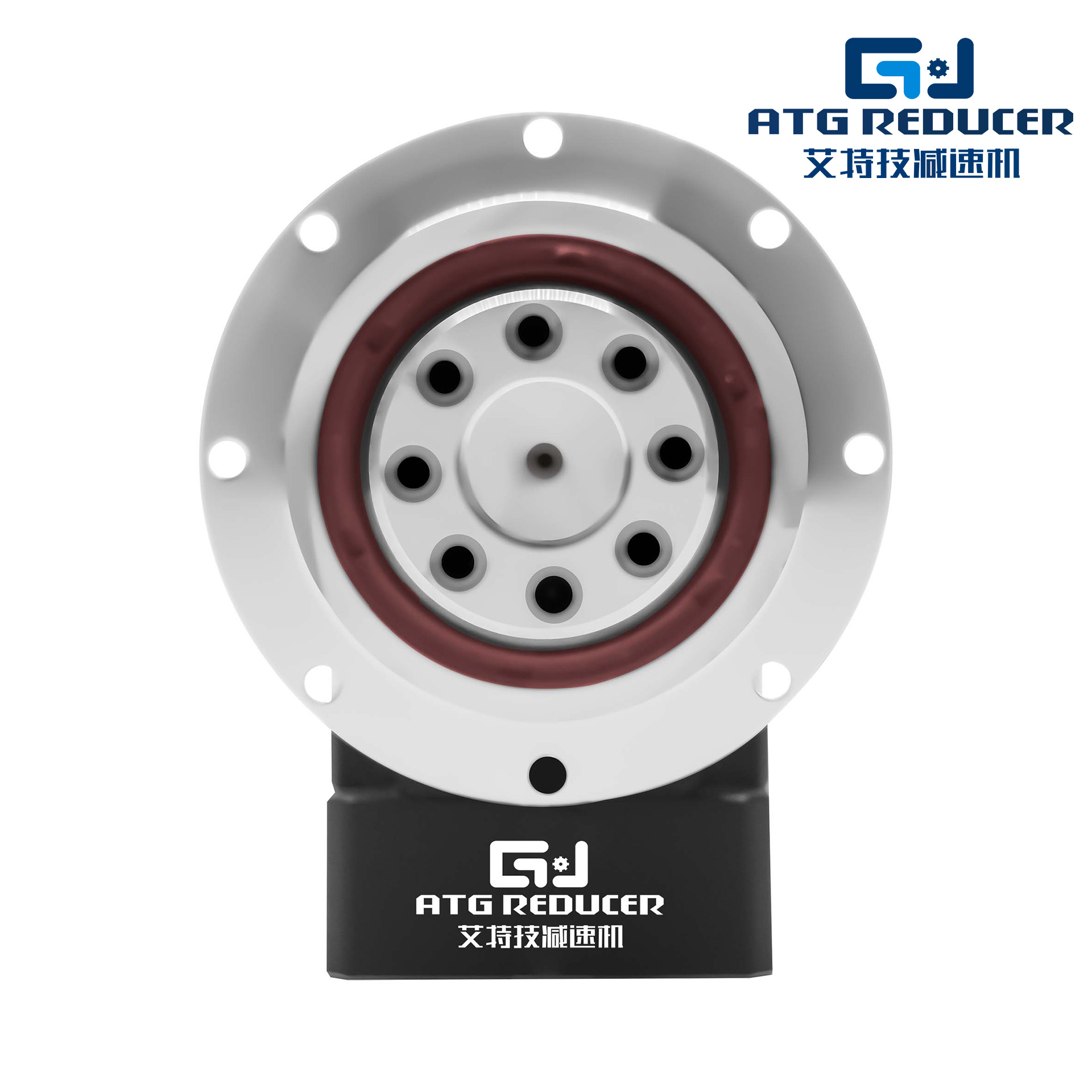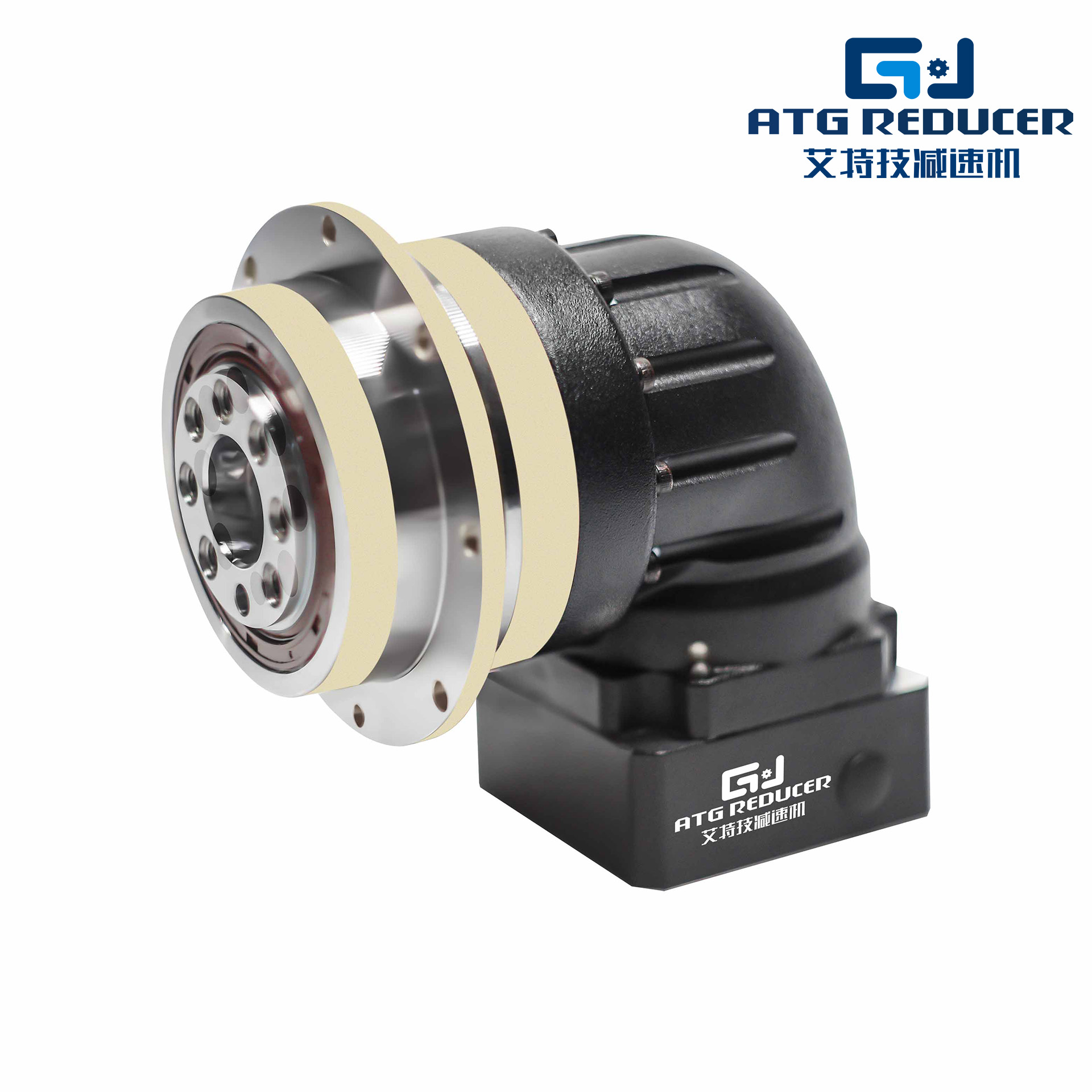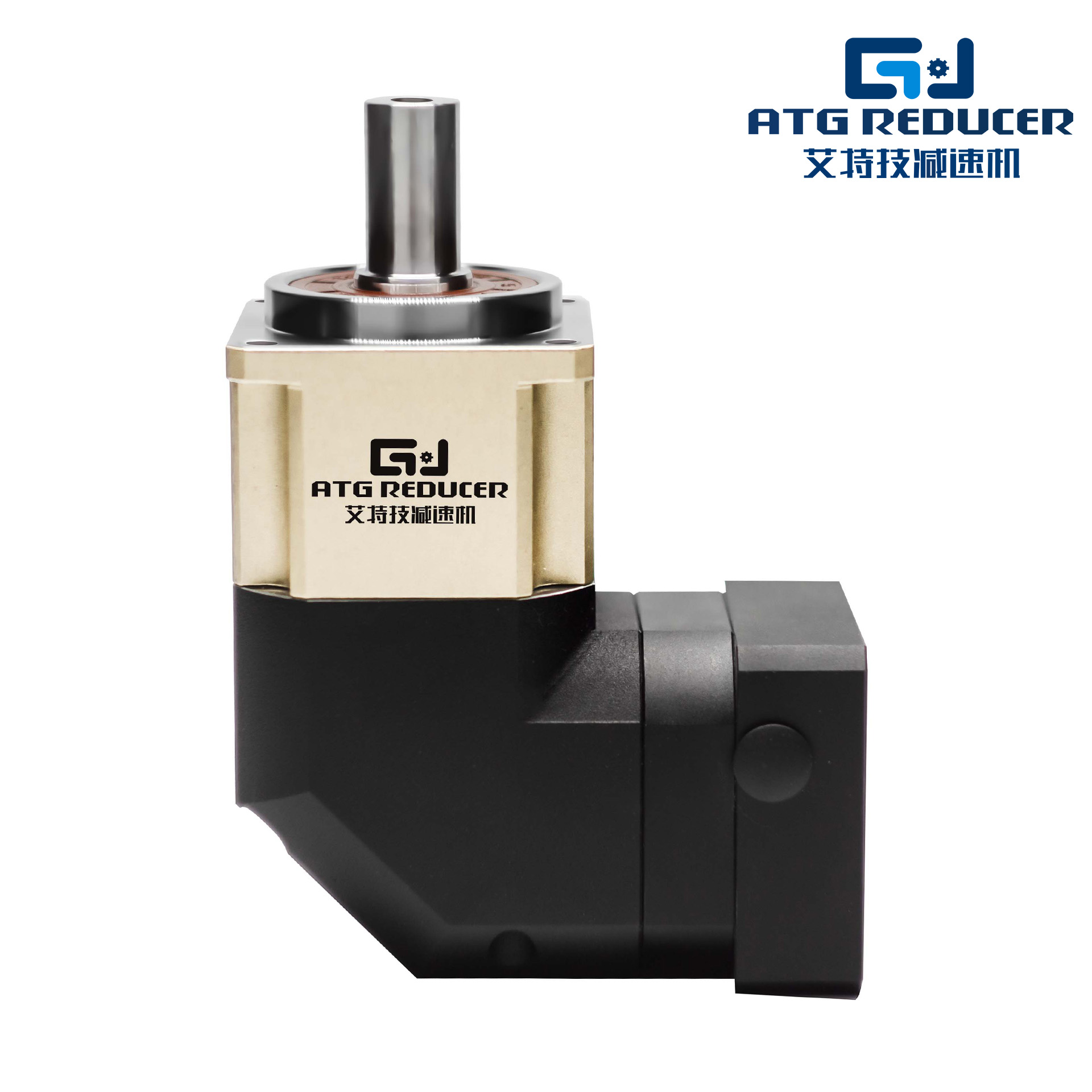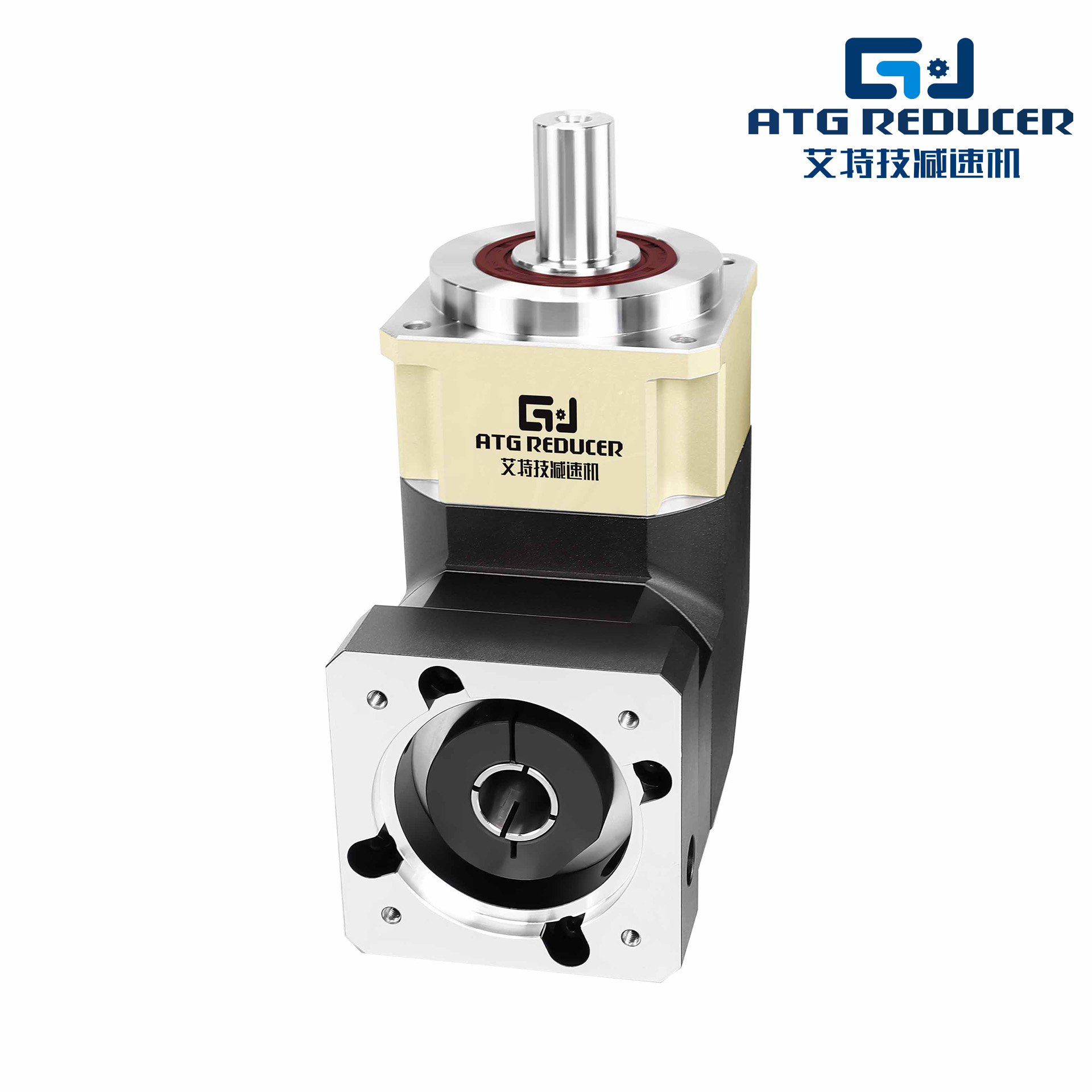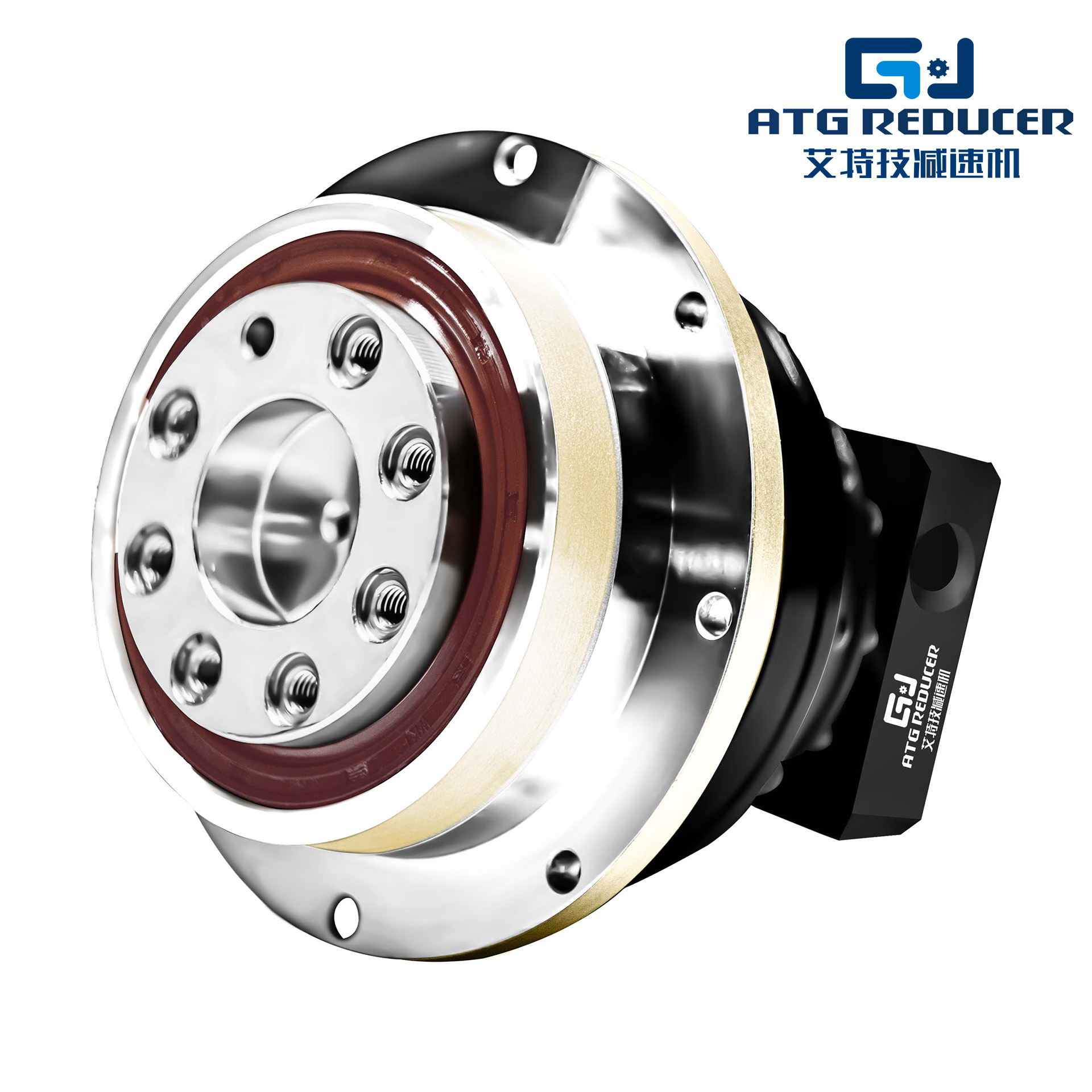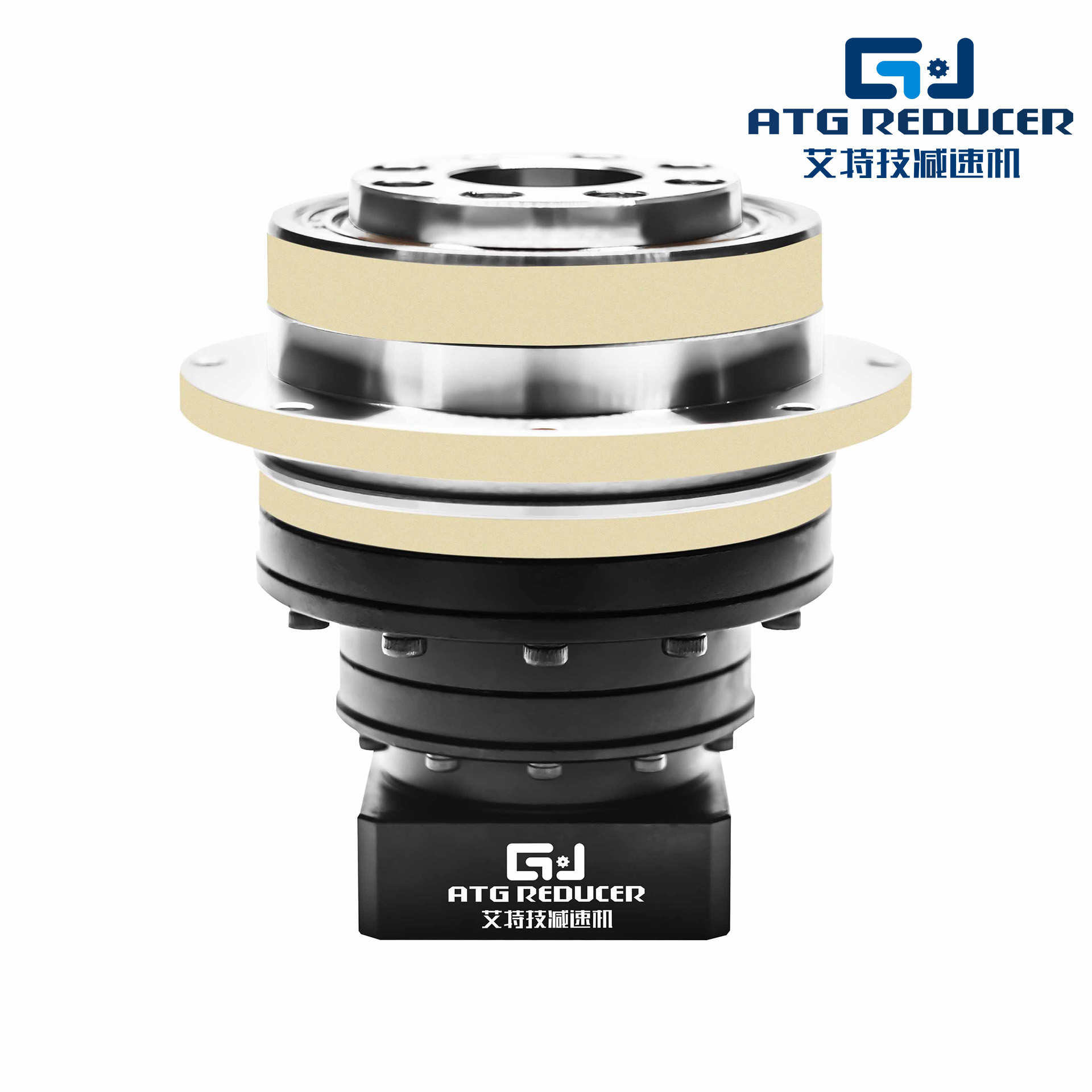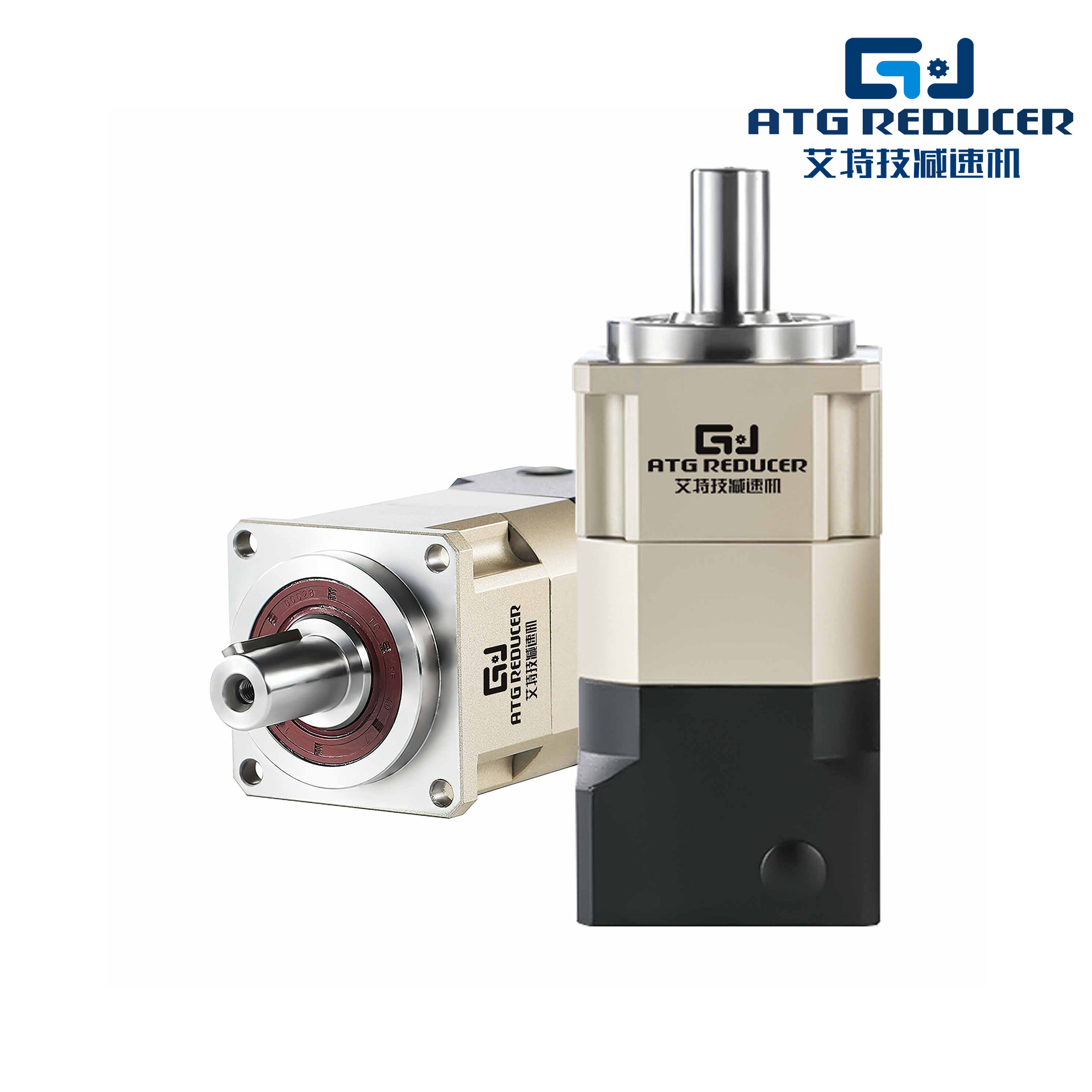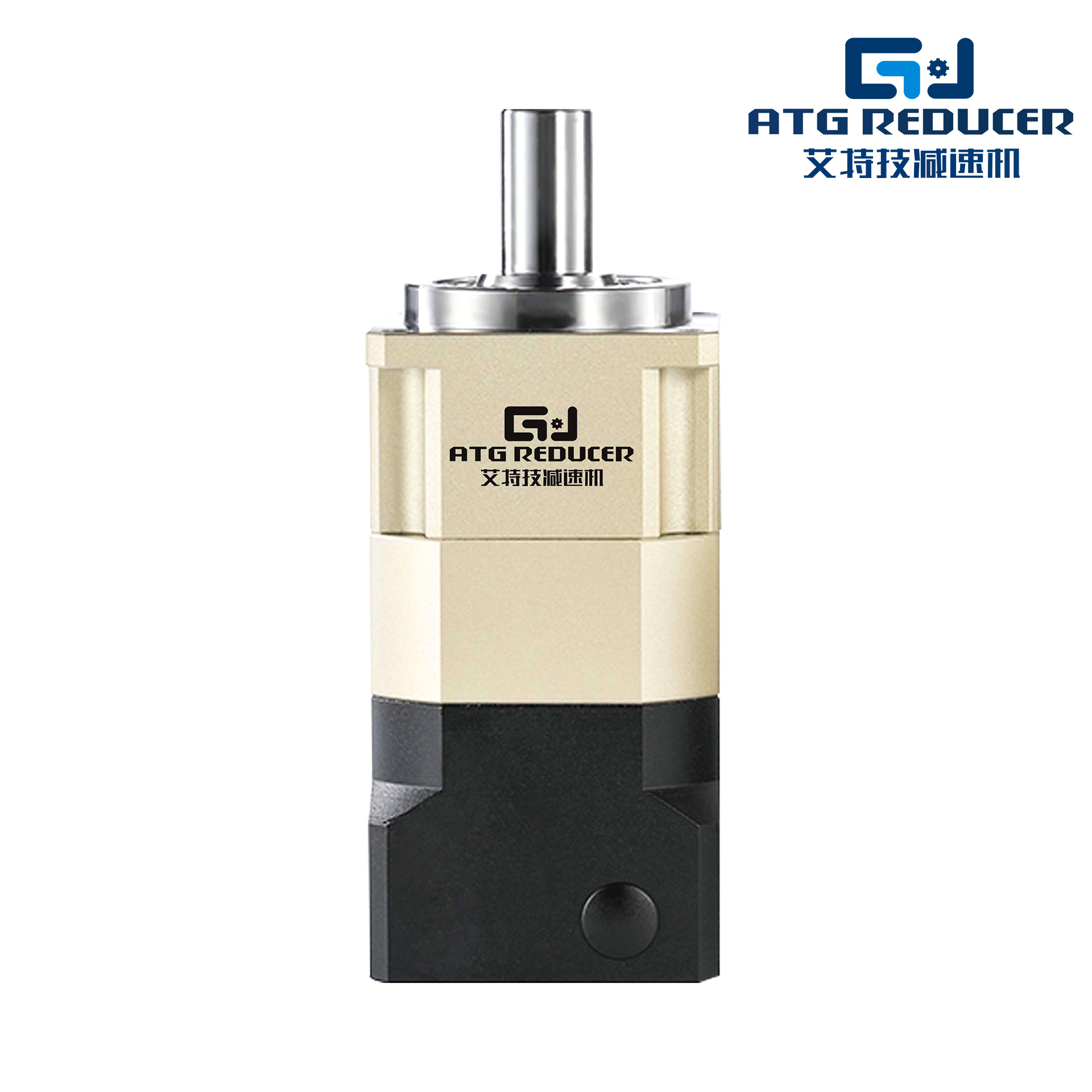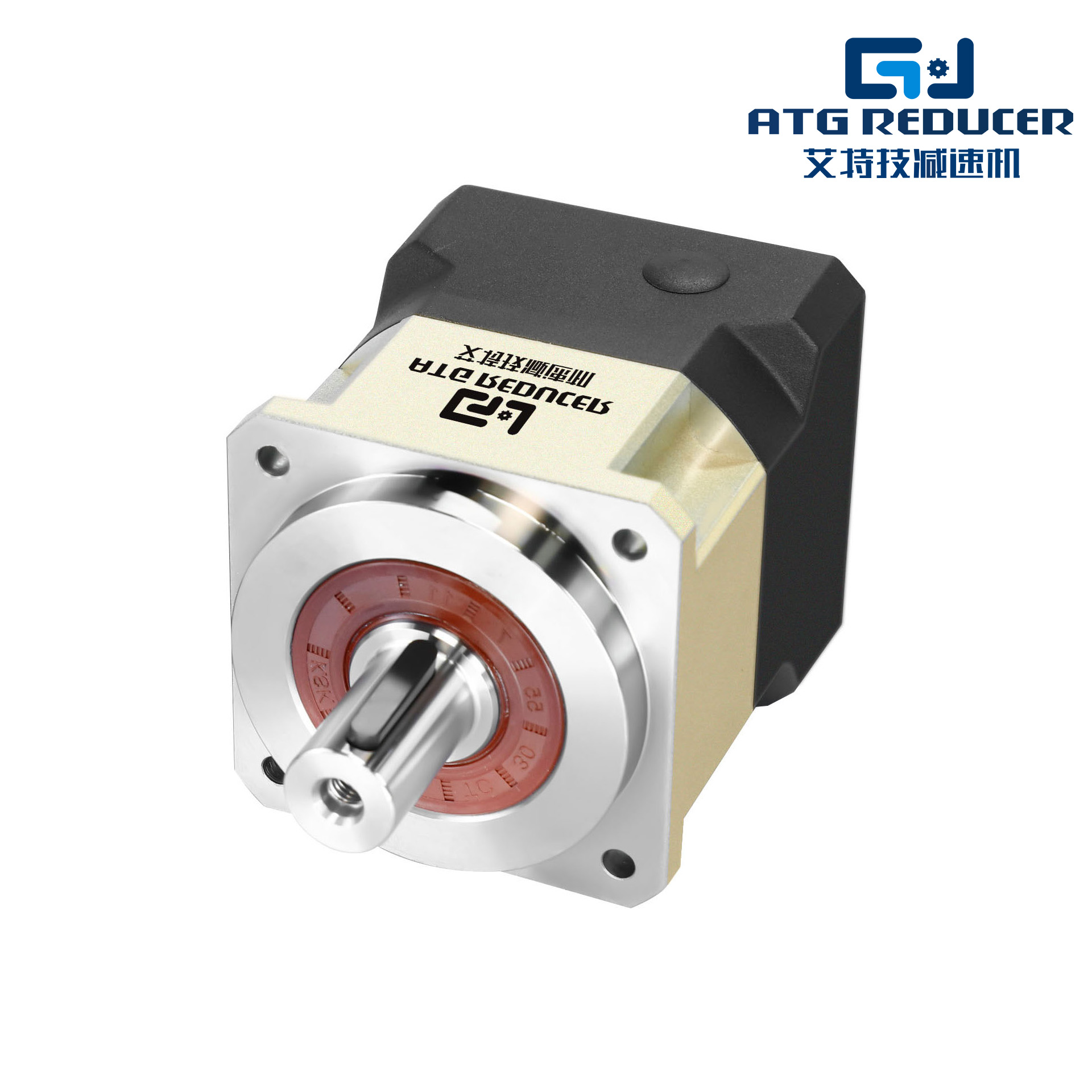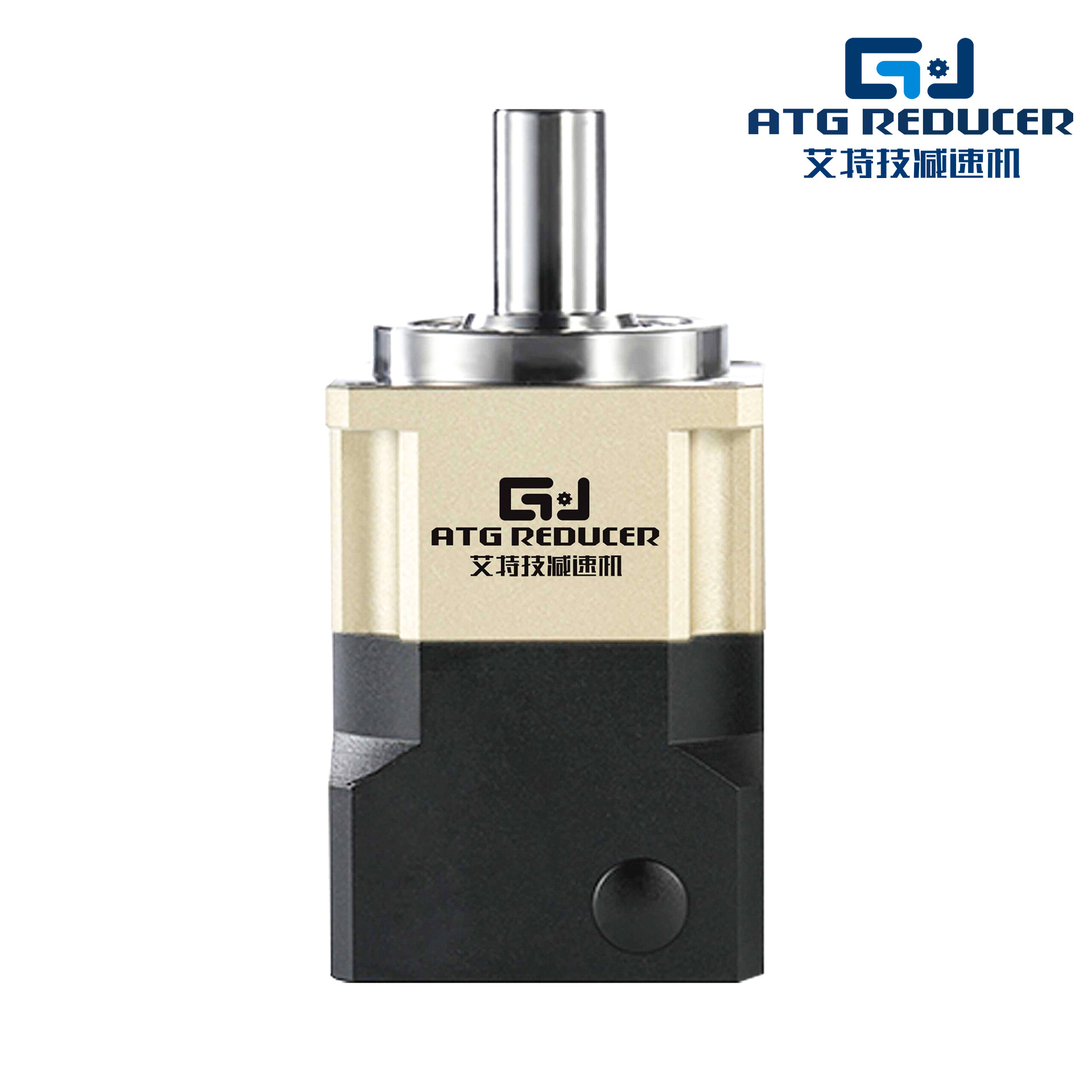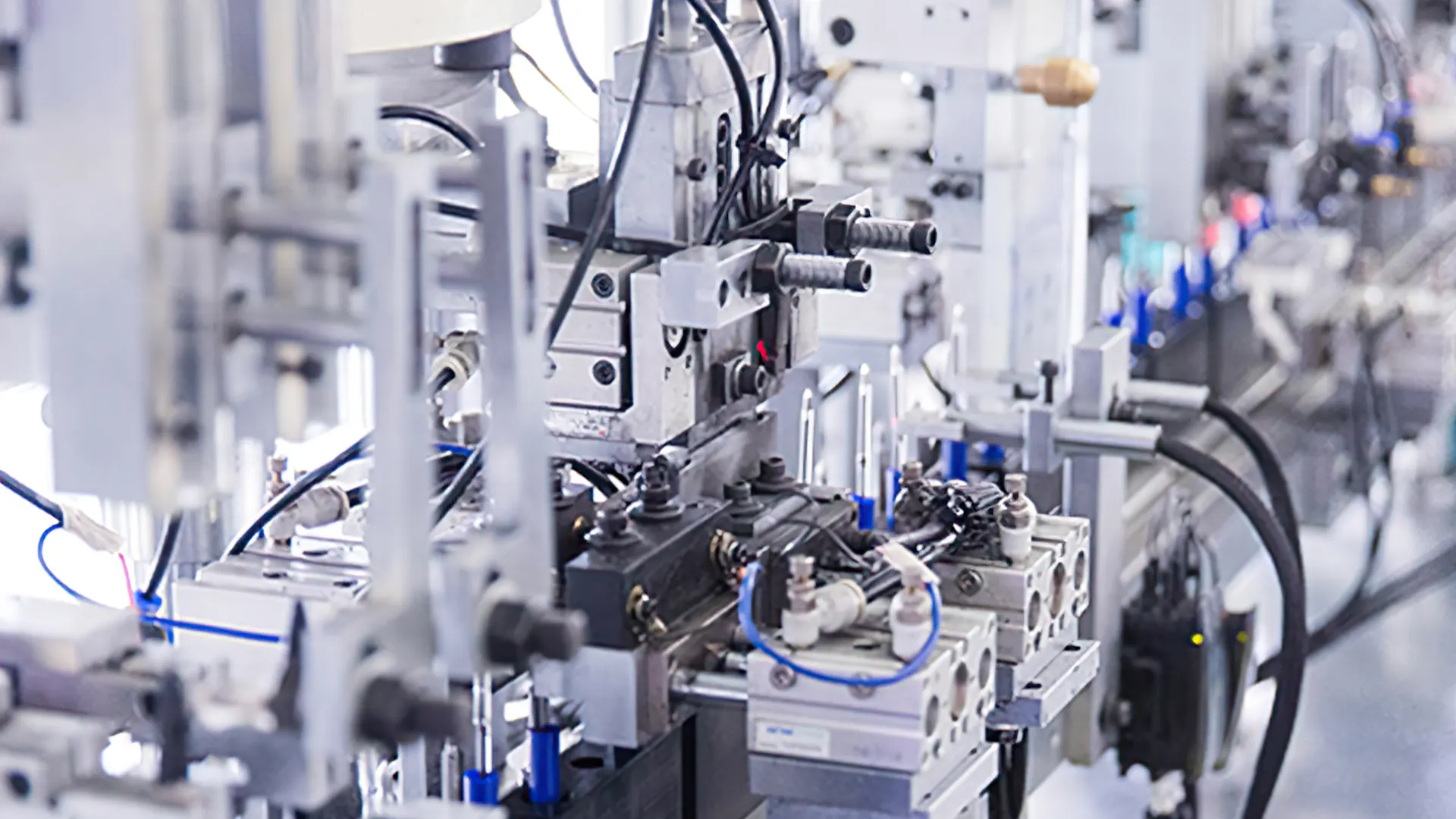ABOUT US
Qian De Yi Transmission Technology (Suzhou) Co., Ltd. was established on July 31, 2013 and is located in Huaqiao Town, southeast of Jiangsu Province and east of Kunshan City. The company has always adhered to the international cutting-edge electromechanical R&D technology, adhered to the meticulous production process, continuously strengthened exchanges with domestic and foreign peers, absorbed advanced design ideas, mastered cutting-edge design skills, and used leading design software to develop and research new products to achieve product optimization and upgrading. In order to meet the increasingly demanding production and use needs today, the company continues to innovate and develop planetary reducers suitable for different working conditions to meet market demand to the greatest extent.
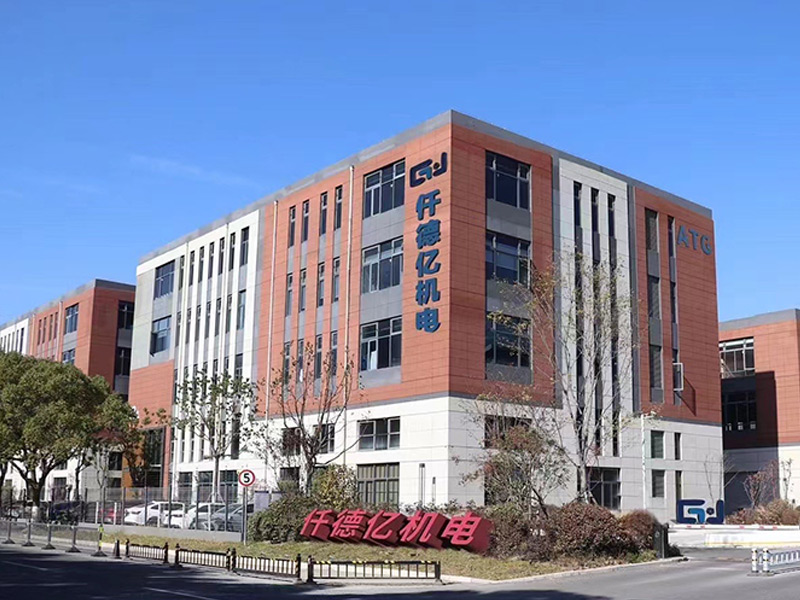
SERVICE
European Standard Quality Assurance
Strength and Quality
Rigorous Management System Controls Technical Core
Create value for the world with science and technology
EVENTS
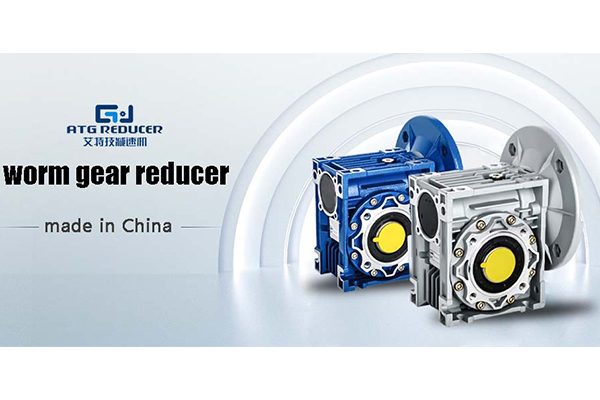
Goodbye to High-Priced Imports! ATG Worm Gear Reducer Made in China Makes a Tough Breakthrough!
As a traditional yet crucial transmission device, the worm gear reducer holds an indispensable position in industrial production, thanks to its advantages such as large transmission ratio, compact structure, stable operation, and self-locking function. The Qiandeyi ATG series is a domestic worm gear reducer. It is not only a reliable
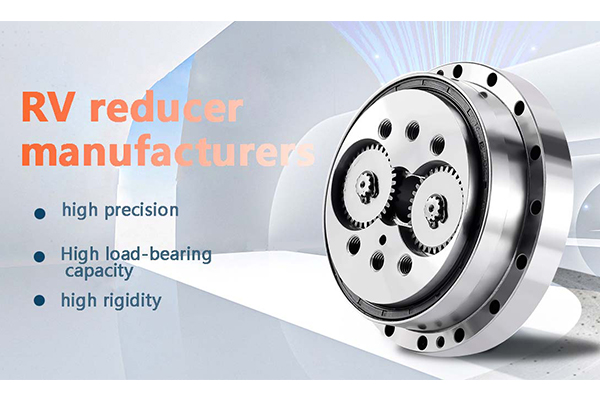
RV Reducer Manufacturer Qiandeyi ATG: ISO Three-System Certification + 6 Patents
In the core joints of industrial robots lies a key component determining their performance — the RV reducer. It directly affects the robot’s positioning accuracy, load-bearing capacity, and service life. For a long time, the global RV reducer market was monopolized by Japanese enterprises. However, in recent years, China’s reducer
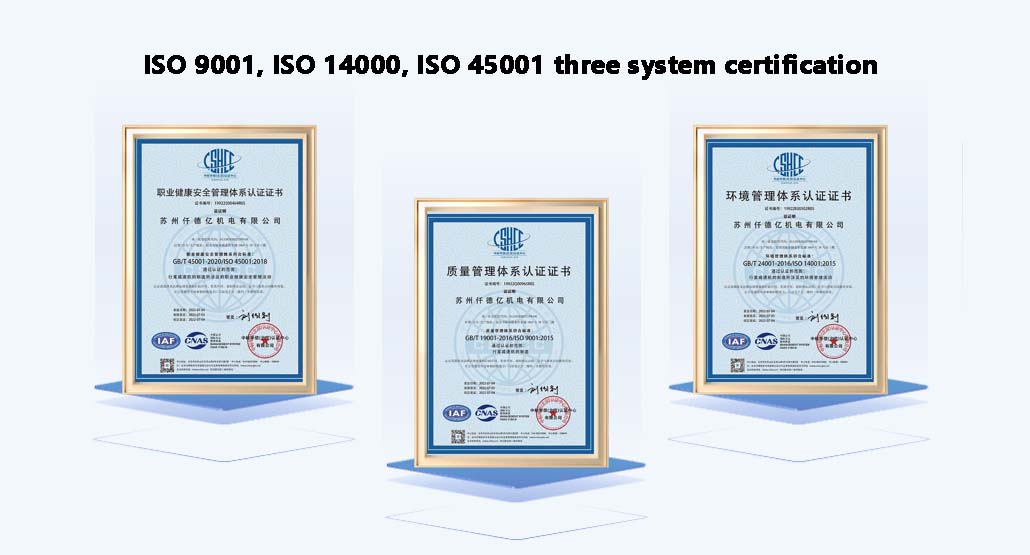
ATG High-Grade Planetary Reducers: Choose the Right Reducer to Avoid Detours!
In automated production workshops, a robotic arm equipped with a high-grade planetary reducer accurately performs repetitive movements, with an error of no more than one-tenth of a human hair. Such scenarios are increasingly becoming the norm in modern industry. Faced with a wide range of brands on the market, why
